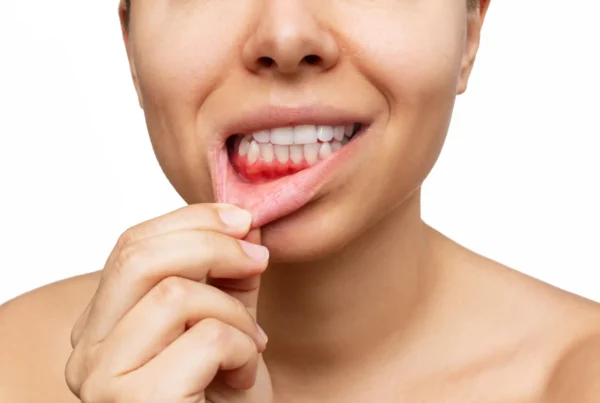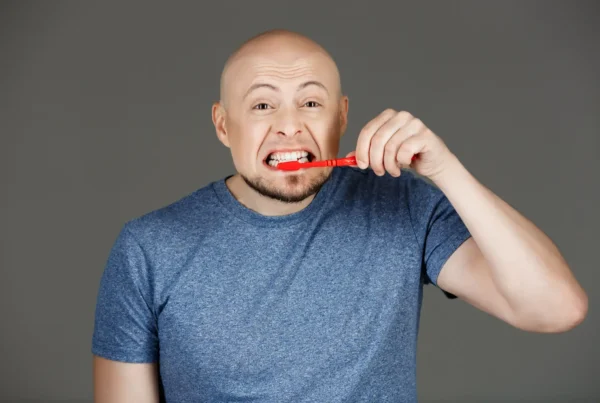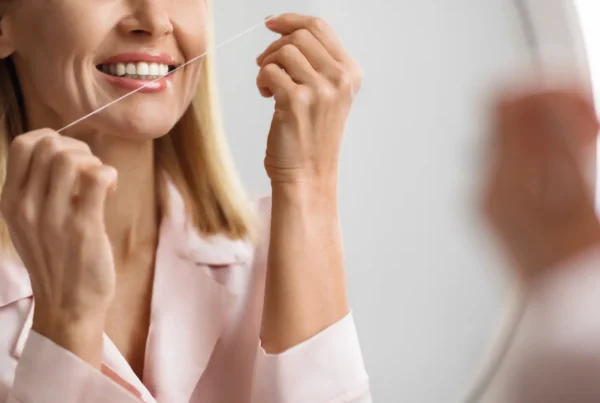Modern life is marked by a constant chase across many areas, which results in prolonged exposure to stress. Living in a state of ongoing tension can lead to various health issues. One of these is bruxism, which is now considered a 21st-century lifestyle disease. What exactly is a relaxation splint and what role does it play in treating this condition? Who else might benefit from wearing a dental splint? What are the different types of relaxation splints?
What is a relaxation splint?
A relaxation splint is a small, transparent mouthguard worn at night. Its purpose is to ease jaw clenching and, as the name suggests, provide a sense of relief and relaxation. There are several types of relaxation splints available, each designed to meet different individual needs. How long should the splint be worn? This depends on several factors, and every case is different. Wearing time can range from one year to several years. These devices are made from health-safe, biocompatible plastic materials known for their durability. Relaxation splints are damage-resistant and gentle on the gums.
What is bruxism?
Bruxism is a condition associated with excessive tension in the jaw muscles, teeth clenching, and grinding. This typically occurs during sleep. People affected by bruxism clench their teeth involuntarily, with a force ten times greater than what occurs during normal chewing. Bruxism leads to serious consequences for oral health, such as enamel wear, loose teeth, strain on the temporomandibular joints, and disrupted sleep. One of the ways to treat or reduce the symptoms of bruxism is by wearing a relaxation splint.
READ MORE: DIASTEMA
Who should use a relaxation splint?
Relaxation splints are recommended in many cases, including for people with worn-down teeth, undergoing orthodontic treatment, those with a habit of excessive gum chewing, facial muscle tension, jaw clenching, involuntary tooth clenching or grinding, or instability of the teeth caused by bruxism. They are also used in managing pain in the temporomandibular joint area.
Types of relaxation splints
There are several types of relaxation splints, which differ in material, durability, and cost. Hard splints are custom-made in dental clinics and cost between 500 and 800 PLN. They are known for their long-lasting quality and perfect fit to the patient’s dentition. Soft splints, on the other hand, are less durable but can be molded at home. Their price can be up to ten times lower than that of a hard splint. To prepare a soft splint, it needs to be soaked in hot water for a few seconds and then bitten into immediately after removal. Each time it is placed in boiling water, the splint returns to its original shape.
It is important to remember that both hard and soft splints effectively protect tooth enamel and reduce muscle tension, but they do not eliminate the root causes of bruxism, such as excessive stress or bite disorders.







